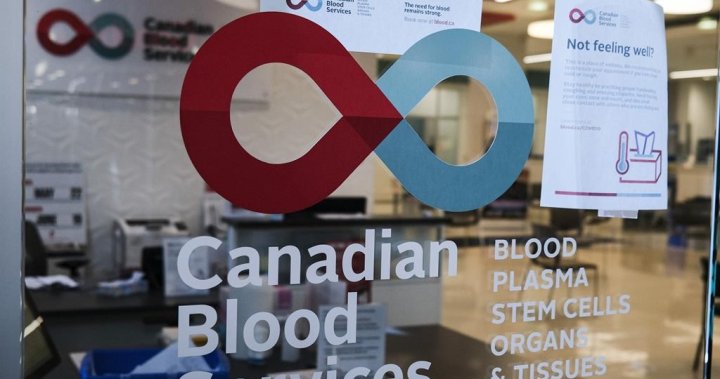As Canadians eagerly embrace summer activities, blood collection centers across the nation are facing a critical challenge. Canadian Blood Services has issued an urgent appeal for donors as the organization struggles to maintain adequate supply levels during what traditionally becomes a difficult collection period.
“Summer months consistently present unique challenges for blood collection,” explains Dr. Marisa Williams, Chief Medical Officer at Canadian Blood Services. “While demand for blood products remains constant or even increases due to road accidents and outdoor injuries, donations typically drop by 15-20% as regular donors travel or shift their routines.”
The organization currently needs approximately 100,000 new donors this year to meet demand, a significant increase from previous years. This surge comes as pandemic-related donation patterns continue to evolve, with many previous regular donors having broken their donation habits during COVID-19 restrictions.
Beth Johnson, a Toronto resident who received multiple transfusions following a serious car accident last summer, understands the critical importance of maintaining adequate blood supplies. “I needed eight units of blood in the first 24 hours after my accident,” Johnson recalls. “Without those donations, I simply wouldn’t be here today. When they say donating blood saves lives, it’s not an exaggeration.”
The current situation has become particularly concerning for patients requiring specialized blood products. Those with certain rare blood types or conditions like thalassemia, sickle cell disease, and various cancers rely on consistent donations to maintain their treatments. According to Canadian Blood Services, the organization must collect approximately 5,000 donations weekly just to meet basic hospital demands.
Health officials emphasize that donating blood is a safe, straightforward process typically taking less than an hour. Most healthy adults aged 17 and older who meet basic eligibility requirements can donate. The actual blood collection usually takes only 10-15 minutes.
“The need for blood never takes a vacation,” notes Dr. Williams. “One donation can help up to three patients, making it one of the most impactful ways Canadians can support their healthcare system and fellow citizens.”
This summer’s campaign has introduced innovative approaches to attract donors, including extended hours at certain collection centers, mobile donation clinics at popular vacation destinations, and enhanced digital booking options to streamline the donation process. Canadian Blood Services has also expanded its donor diversity initiatives to better serve patients with rare blood types and specific needs.
Medical experts point out that maintaining a robust blood supply isn’t just about emergency trauma situations. Cancer treatments, surgeries, childbirth complications, and chronic illnesses all depend on reliable access to blood products. One particularly concerning area is the supply of platelets, which have a shelf life of just seven days, necessitating a constant stream of donations.
As the summer progresses, blood collection centers are encouraging Canadians to make donation appointments before leaving for vacations or to find donation opportunities near their holiday destinations. The organization’s website and mobile app provide real-time information about collection sites across the country and areas of particular need.
For those hesitant about donating, collection centers emphasize comprehensive safety protocols and the presence of trained staff to guide first-time donors through the process. While the immediate need is urgent, building a sustainable donor base remains the long-term goal.
As Canadians plan their summer activities, perhaps the most meaningful hour they spend could be the one that helps save a neighbor’s life. In a healthcare system facing numerous challenges, how might a culture of regular blood donation strengthen our collective resilience and capacity to care for one another?


















